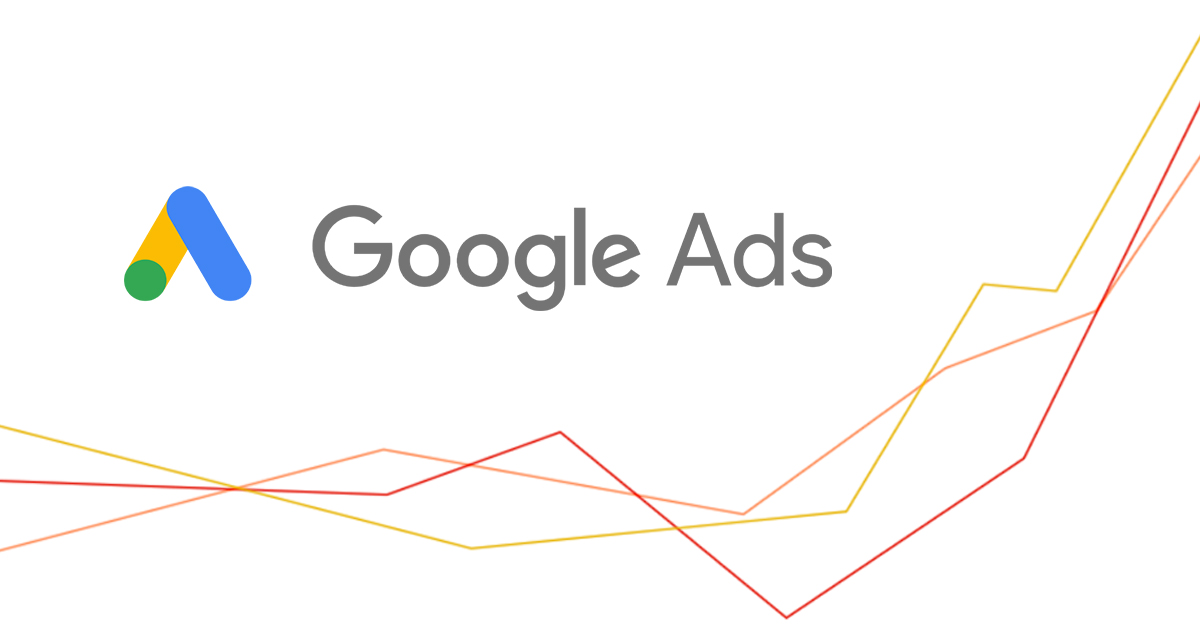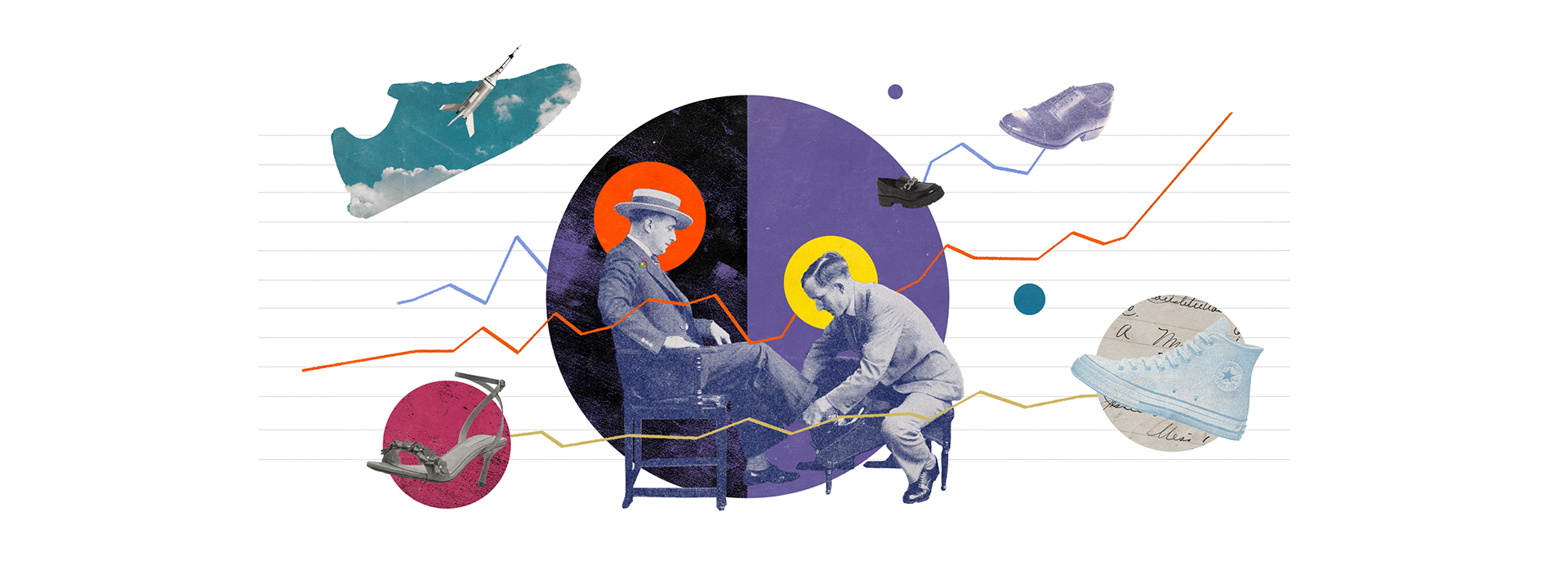The title of this piece was supposed to be “You look better than you think.” I intended to write an article about prioritizing original photography over stock photos. Since there is much focus on AI-generated content, I decided to use Chat-GPT, considered one of the best free content generators available.
I requested the application create a 600-word article about the advantages of using original photography instead of stock photos. Within seconds, Chat GPT produced a generic 600-word piece that was not too bad. Before publishing, I decided to use the “AI Content Detector” provided by the website writer.com to determine whether the web could decide if it was AI-generated.
Here is an excerpt from my AI-generated article:
In contrast, online photo stock often results in generic and impersonal imagery lacking a distinct personality and style. This can make it difficult for a business to stand out and be remembered by its target audience. In addition, there is always the risk of using a photo already used by another company, which can make a brand appear unoriginal and uninspired.
The detection score was 8%, meaning there is only an 8% chance that the content is human-generated. I was not surprised by the results because AI-generated text is commonly formal. However, the results confirmed my fear that Google and other search engines would also detect my article was AI-generated. Search engines do not prioritize AI-generated content, so my writing will not appear in Google searches. However, could I achieve a better detection score if I edited a few words or phrases in my article? It was worth a try.
Here is how I changed some of the wording and added more specific content:
In contrast, online photo stock often results in generic and impersonal imagery lacking a distinct personality and style. This can make it complex and business
When I reran the text through “AI Content Detector,” I scored 25%, which is still unacceptable. I decided to edit some more and delete the adverbs AI seems to like to utilize.
Here is the third iteration of the text:
In contrast,In addition,
After the third edit, I achieved a 95% score and was completely surprised by the results. Creating content using AI without being penalized by a search engine is possible. However, after thoroughly reviewing the text again, I noticed a spelling mistake. “Tere” should be “there.” I corrected the error, reran the text, and achieved a 44% score. So I received a 95% score with spelling errors and a 44% score without mistakes!
While the AI experiment was successful, it poses more critical questions. Although AI can help generate pertinent content, it requires editing and AI detection tools to ensure powerful search engines like Google will classify the text. I did not time myself to determine which approach took longer. However, not using AI ensures I communicate genuine human thoughts and makes the process more fluid. Ultimately, AI generators cannot express the value, passion, and concern a human writer can convey. Over time AI will improve, and it may become a viable solution that saves valuable time and resources. Until then, I prefer to express my thoughts myself. Please contact me if you want to discuss the pros and cons of AI-generated content.







